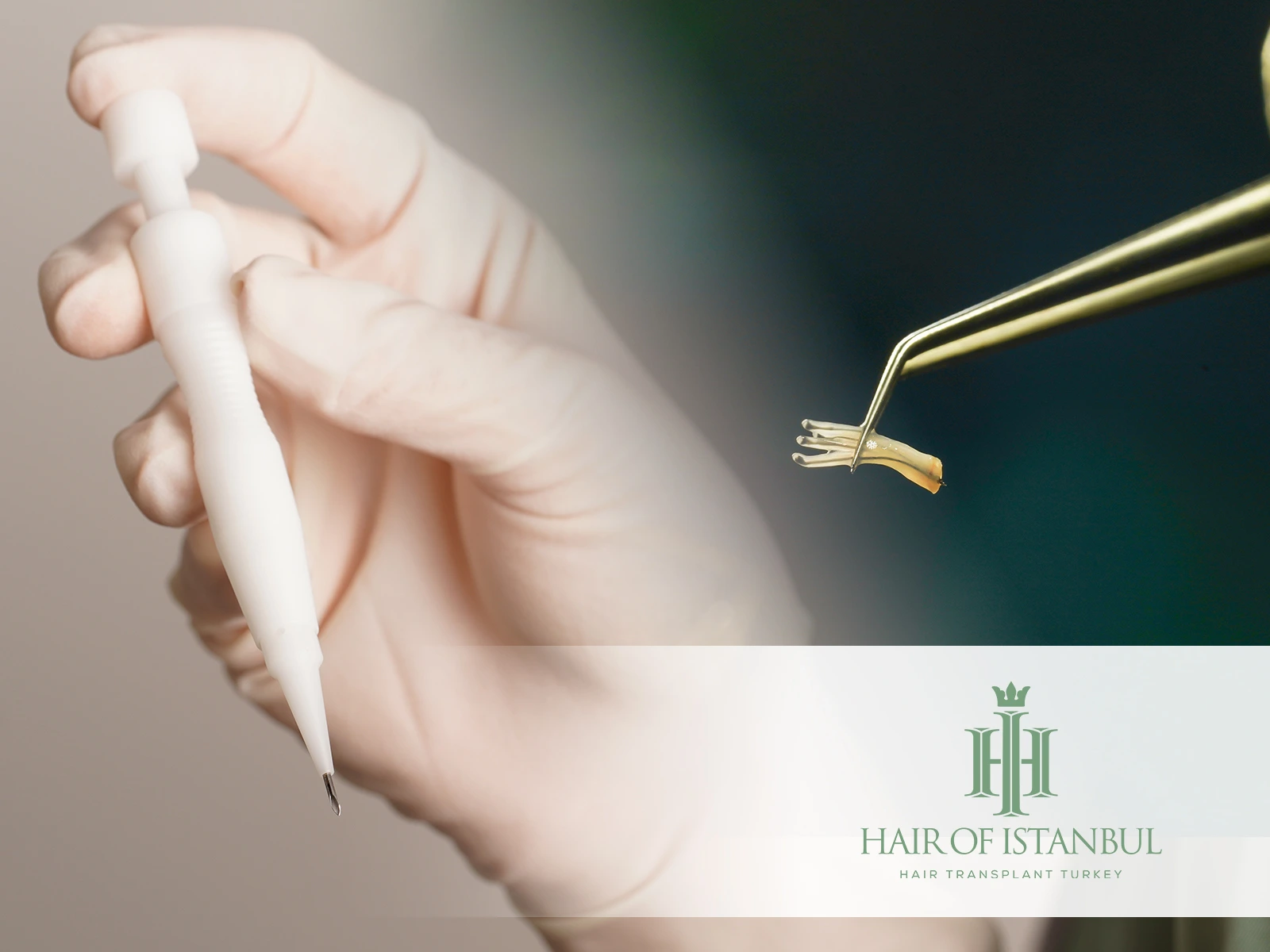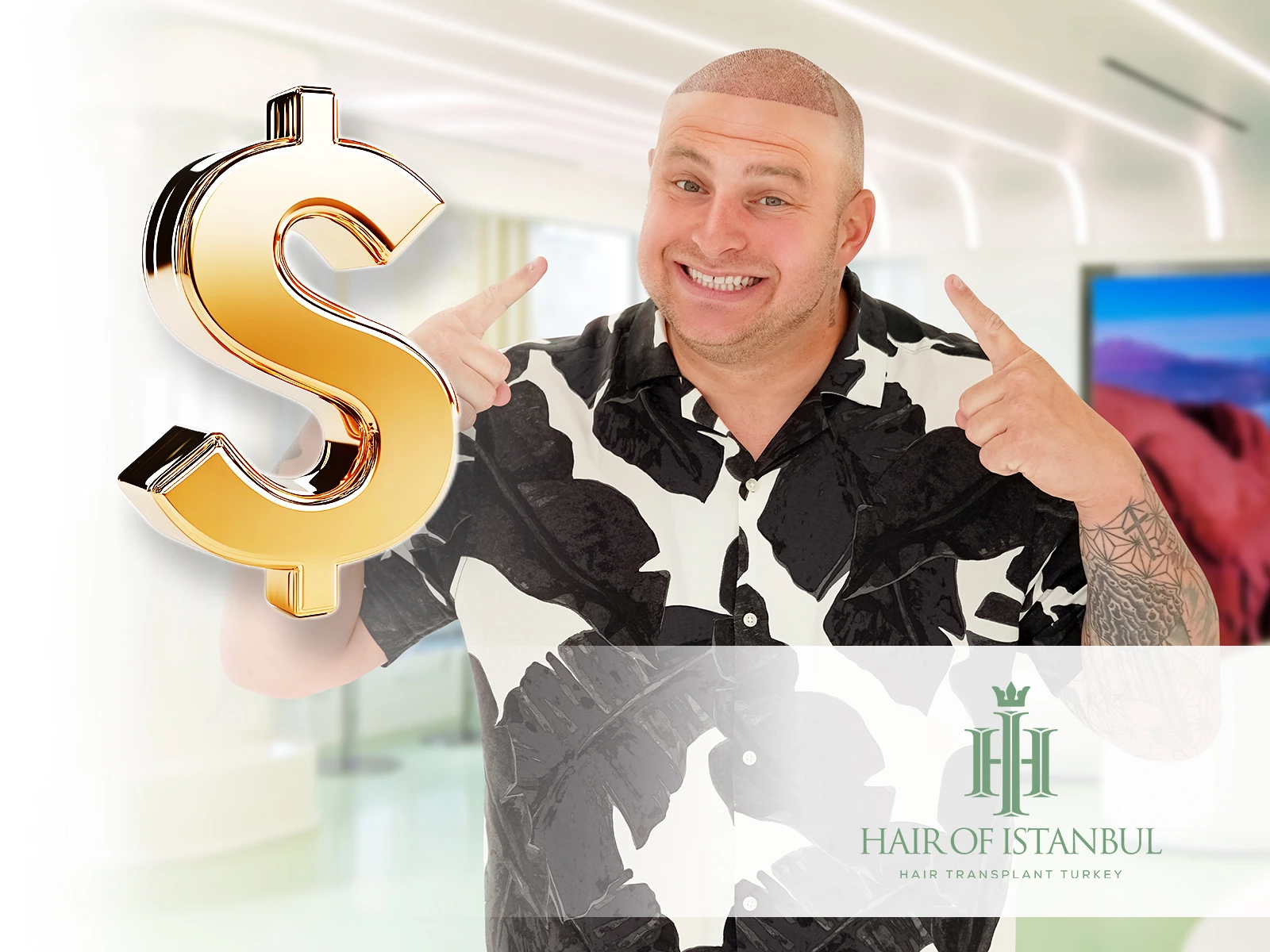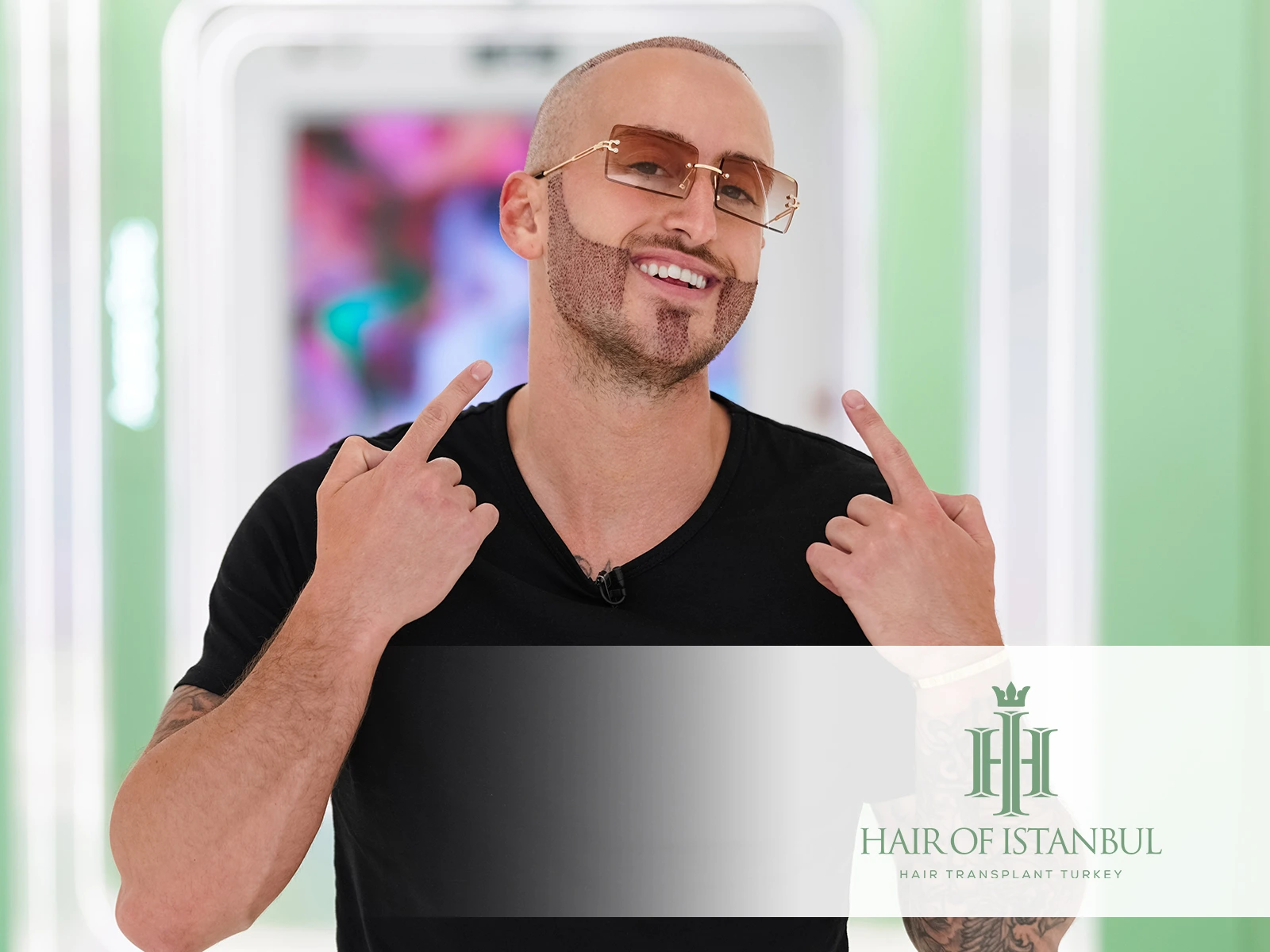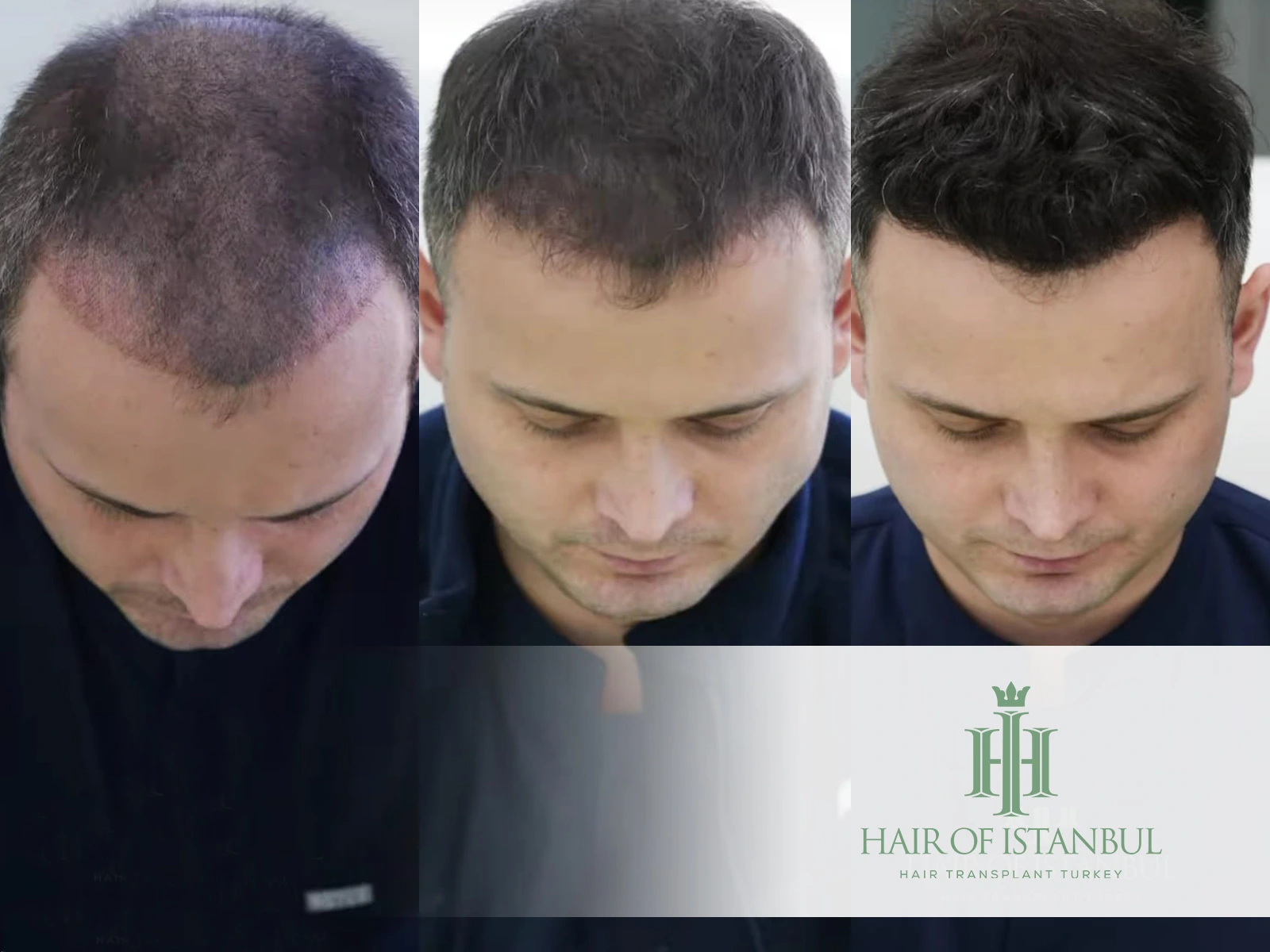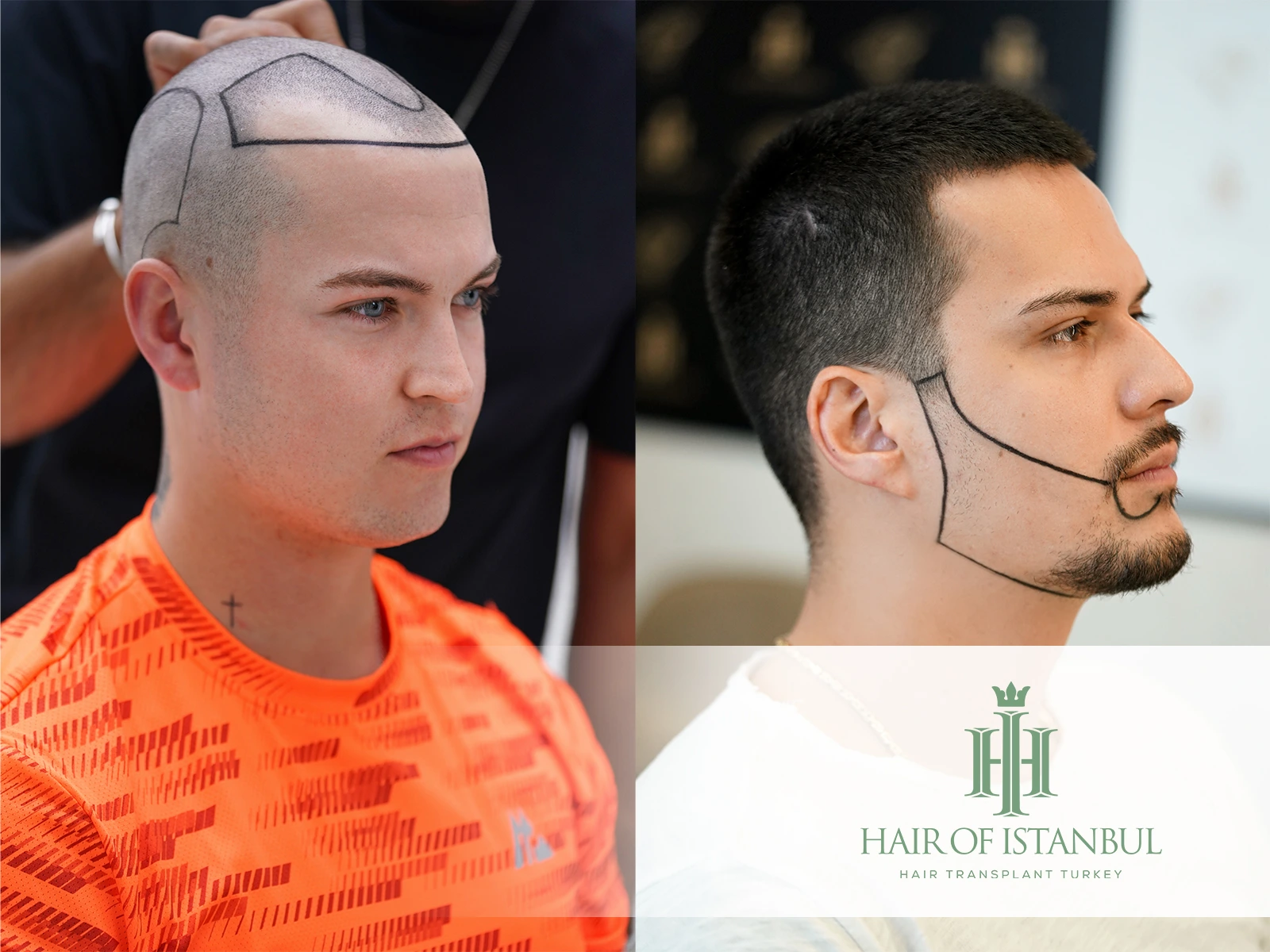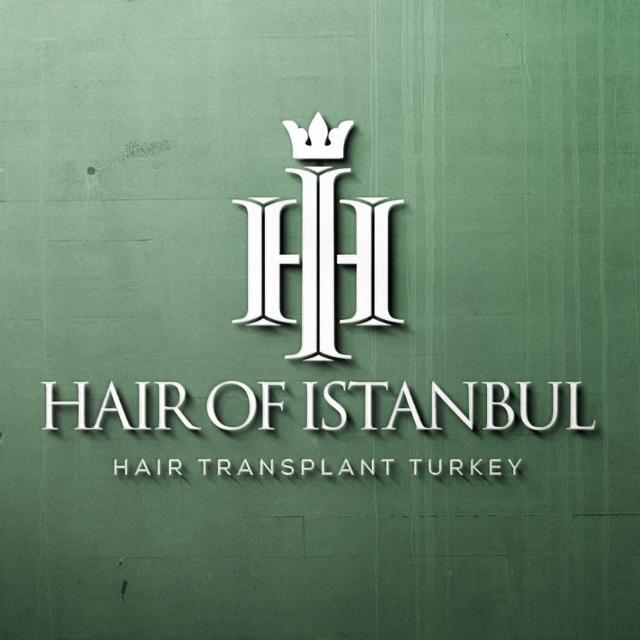Folliculitis After Hair Transplant: Symptoms, Causes, Treatments
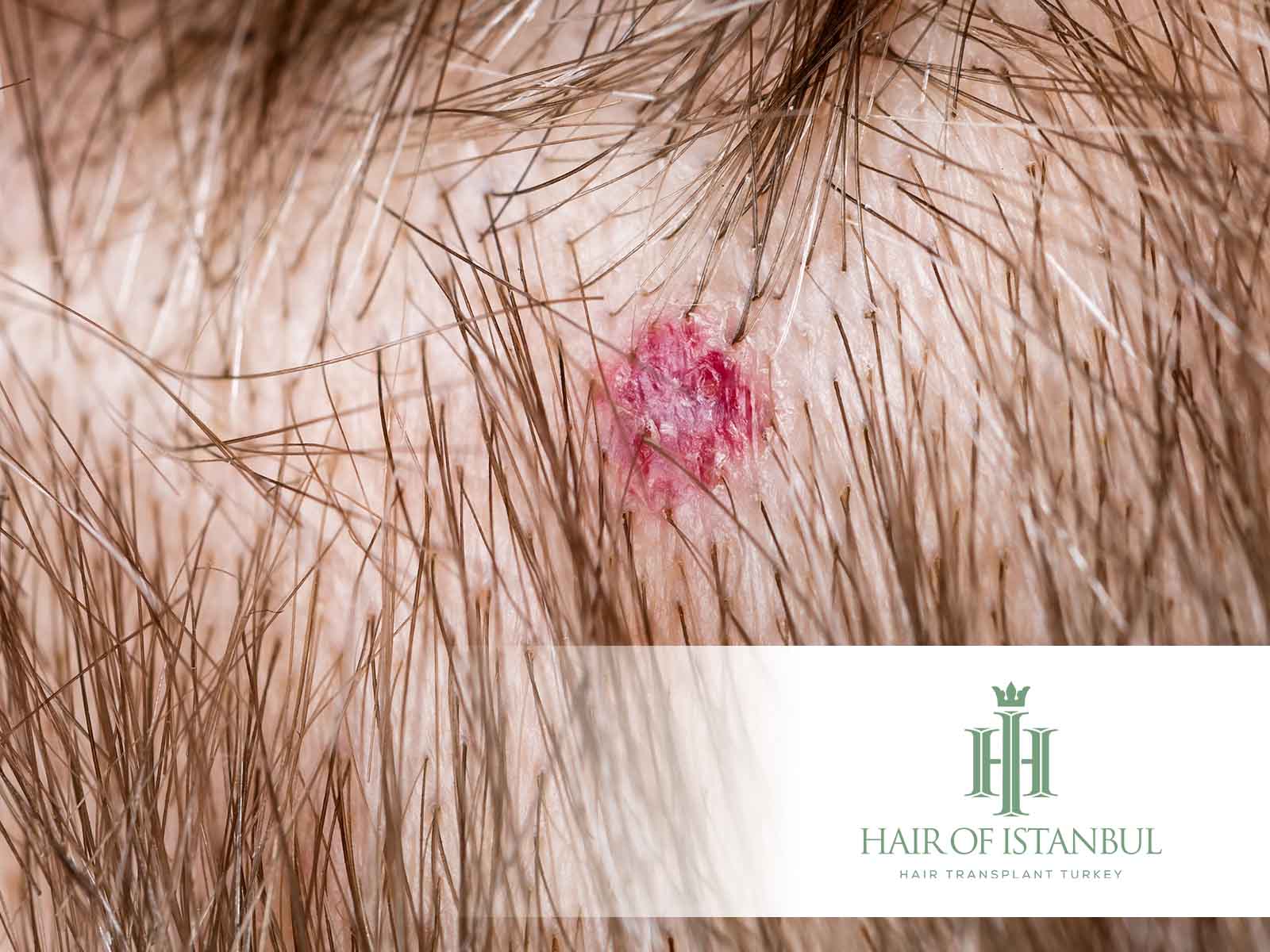
Folliculitis can be an unexpected concern after hair transplant surgery. While most patients focus on hair growth, some are surprised by small red bumps that appear weeks or even months later. These spots may seem harmless at first, but they can be a sign of inflammation that needs attention.
Many people confuse this issue with normal healing signs, which delays proper care. If ignored, it may affect your overall recovery and comfort. Knowing how to spot and handle it early can save you from unnecessary stress.
In this article, you’ll find clear answers to what causes these bumps, how to treat them, and when they might be more than a minor side effect.
What is Folliculitis?
Folliculitis is a common skin disorder that emerges when hair follicles become inflamed. Typically stemming from bacterial infections, this condition might initially seem innocuous. Small pimple-like spots may show up around hair follicles. This can worry those who are not familiar with it. [1]
These blemishes are more than just cosmetic nuisances. They signal the presence of inflammation in the hair follicles, often requiring attention. Spotting the early signs of folliculitis is key. It helps prevent complications and keeps your scalp and skin healthy.
Types of Folliculitis After Hair Transplant (Pictures)
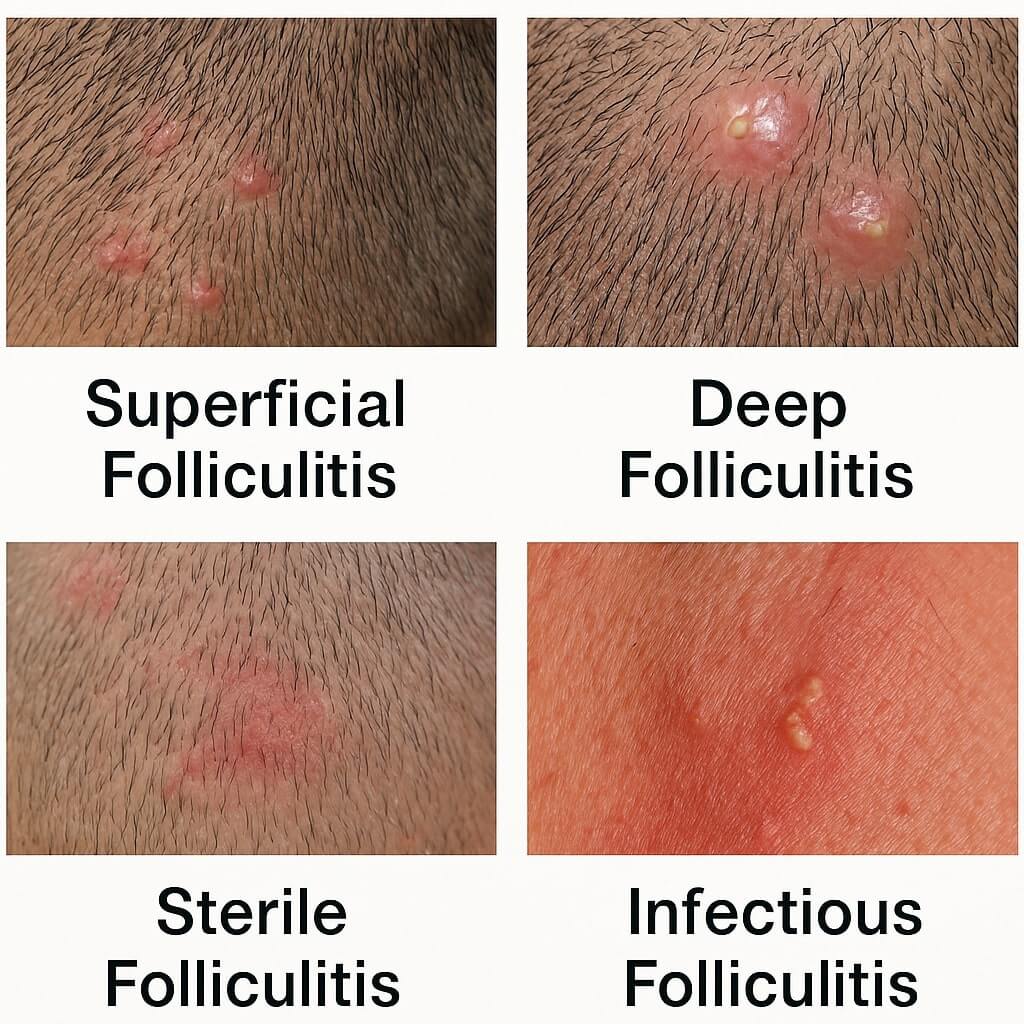
Hair transplant infection pictures can help you understand what each type looks like. The table below shows common types of folliculitis after surgery.
Each one appears differently on the scalp. Use this guide to compare signs and seek help if needed.
| Superficial Folliculitis: | Affects the upper part of the hair follicle, usually mild and resolves quickly. |
| Deep Folliculitis: | Involves deeper parts of the follicle, may cause more pain and last longer. |
| Sterile Folliculitis: | Inflammation without any infection, often related to skin irritation. |
| Infectious Folliculitis: | Caused by bacteria, fungi, or viruses, may require medical treatment. |
Folliculitis in the Donor Area After Hair Transplant
Folliculitis can also develop in the donor area after a hair transplant. This happens when the area becomes irritated or infected during the healing phase. Keeping the donor zone clean and avoiding tight collars or friction helps prevent it.
Causes of Folliculitis After Hair Transplantation
Folliculitis primarily surfaces due to bacterial infections, notably from Staphylococcus aureus or staph. Yet, it’s not just bacteria to blame. The condition can also be triggered by viruses, fungi, parasites, certain medications, or even physical trauma. Understanding its root cause is paramount for effective treatment. For symptoms and causes, check our detailed table. [2]
| Topical Antibiotics | After a hair transplant, using topical antibiotics can upset the skin’s natural balance. This may cause folliculitis. |
| Ingrown Hairs | Newly transplanted hair sometimes grows inward instead of outward. This can lead to inflammation and folliculitis. |
| Bleach Baths | Using bleach baths to clean the scalp after surgery can upset the skin’s balance. |
| Bacterial Infections | The transplantation process can expose the scalp to bacteria. This may cause infections, leading to folliculitis. |
| Friction | Tight caps or hats may irritate the scalp after surgery. This irritation can slow healing and trigger unexpected skin issues. |
| Blocked Follicles | After surgery, excess oil or product buildup may clog follicles. This can lead to small red bumps and discomfort in the treated area. |
| Excessive Sweating | Heat and physical activity can cause sweat to linger on the scalp. If not cleaned properly, it may invite unwanted inflammation or infection. |
Also Read: How Many Grafts Do I Need for My Hair Transplant? Calculate It!
How Common is Folliculitis After FUE Hair Transplantation?
Hair transplantation usually gives good results. But like any procedure, it can have side effects. One of them is folliculitis. It may sound common, but it isn’t seen in most patients. A study showed that only around 1% of people developed it after surgery.
Still, it’s important to be aware of the possibility. Even if it’s rare, knowing the signs helps you act early. This is true for both FUE and FUT procedures. Understanding the symptoms and causes can make the process less stressful. Our detailed table can guide you further.
Differentiating Between Folliculitis and Normal Post-Op Pimples
| Folliculitis | Post-Op Pimples | |
| Appearance: | Red, swollen bumps, may contain pus | Small red bumps, no swelling |
| Pain: | Often painful or tender | Usually painless |
| Duration: | Lasts several days or recurs | Disappear in a few days |
| Discharge: | May have yellowish or white pus | Rarely any discharge |
| Need for Treatment: | May require medical treatment | Often resolve on their own |
How Long Does Folliculitis Last After Hair Transplantation?
Folliculitis causes infections around the new hair roots. It can show up weeks or even months after surgery. In some cases, the risk continues for up to 8 months.
This can worry patients at first. But with the right care, most cases are easy to manage. Early attention often leads to faster recovery and better comfort.
Also Read: 20 Actors with Receding Hairline: Guess Who’s on The List!
Does Folliculitis Harm Hair Transplantation?
In some cases, Folliculitis may affect new hair growth. It can slow down the healing or delay results.
The area might itch or look irritated. This may impact how the results appear.
Staying in touch with your clinic helps avoid long-term problems. Early treatment keeps recovery on track.
When Folliculitis Might Lead to Graft Loss?
Mild folliculitis usually heals well. But if it gets worse, it can affect the transplanted grafts. Deep infections may damage the follicles and reduce their chance of growing new hair. The earlier you treat it, the better the result.
How to Prevent It?
Preventing folliculitis begins with a proper diagnosis. Typically, a doctor can identify the condition through a physical examination. If doctors suspect bacteria are the cause, they may take a sample from the pus-filled bump.
Being proactive in understanding the cause can guide effective preventive measures. To explore specific preventive strategies, check out our detailed table of treatment suggestions and explanations.
| Antibacterial Soap | Use antibacterial soap to wash the transplanted area, reducing the risk of bacterial infections. |
| Hot Tubs | Avoid hot tubs post-transplant to minimize exposure to bacteria-rich environments. |
| Shaving | Wait to shave the transplanted area. Do this until it’s fully healed. |
| Topical Antibiotics | Apply prescribed topical antibiotics to ward off bacterial growth at the transplant site. |
| Clothing | Wear breathable, loose-fitting clothes to reduce friction and promote healthier healing. |
Also Read: 8000 Grafts Hair Transplant: Everything You Need to Know
Is Folliculitis Dangerous After Hair Transplantation?
Many patients worry about complications after a hair transplant. Folliculitis is one of them. It may look serious, but in most cases, it’s not harmful in the long run.
Studies show that most patients with folliculitis still see good results within 12 months. [3]
The condition can be uncomfortable. It might need treatment. But it doesn’t mean your transplant has failed.
With proper care and follow-up, healthy hair growth is still possible. Knowing what to expect can make the process easier.
Psychological Impact of Folliculitis on Hair Transplant Patients
| Cause | Suggested Support | |
| Anxiety: | Visible bumps or redness on scalp | Reassurance from medical team |
| Frustration: | Unexpected complications after surgery | Clear guidance on treatment |
| Low Confidence: | Worry about appearance in recovery phase | Support groups or forums |
| Fear of Failure: | Concern that the transplant won’t succeed | Regular follow-up with doctor |
| Embarrassment: | Feeling self-conscious in social or work settings | Temporary hairstyles or scalp cover tips |
| Sadness: | Seeing slower progress than expected | Motivation through real patient stories |
| Obsessive Monitoring: | Constantly checking the mirror or photos for signs of issues | Encouragement to reduce fixation |
| Isolation: | Avoiding public outings due to visible scalp irritation | Social support or professional counseling |
| Regret or Doubt: | Questioning the decision to undergo a hair transplant | Honest talk with medical professional |
How to Treat Folliculitis After a Hair Transplant: 4 Simple Methods
Folliculitis can appear in mild or more severe forms. Some cases go away with basic care. Others may need medical treatment.
It’s important to get a proper diagnosis. Your doctor can decide what level of care is needed.
Even if symptoms seem minor, a check-up helps rule out deeper infections.
With the right approach, both early and advanced cases can be managed effectively.
Here are common treatment options your doctor may recommend:
| Topical And/Or Systemic Antibiotics | These help fight bacterial infections near the grafts. They support healing and protect the hair follicles. |
| Antihistamines | These reduce itching and help control allergic reactions. They bring relief and comfort during recovery. |
| Warm Compress | A warm compress can calm the irritated area. It helps reduce swelling and speeds up healing. |
| Antibacterial Shampoo | This helps keep the scalp clean. It lowers the chance of new infections by controlling bacteria. |
Also Read: Failed Hair Transplant: Causes, Solutions, and Preventions
FAQ
What is bad folliculitis after hair transplantation?
Bad folliculitis is an infection that forms around new grafts after a transplant. It may appear as red spots with yellowish pus.
This condition doesn’t always show up right away. It can develop even months after surgery. Some patients stay at risk for up to 8 months.
Early signs should not be ignored. A quick response can stop it from getting worse.
Can you have a hair transplant if you have folliculitis?
It’s possible, but not for everyone. Only patients with inactive folliculitis are considered safe candidates.
The condition must be under control before surgery. Even then, results may vary. Graft survival can be unpredictable in these cases.
Doctors and patients should keep their expectations realistic.
When should I worry about folliculitis?
Folliculitis might seem minor, but it needs attention—especially before surgery.
Patients with folliculitis decalvans must confirm it’s inactive. Only then can they consider a hair transplant. [4]
Even with approval, results aren’t guaranteed. Some risk remains.
What does a severe case of folliculitis look like?
Severe cases appear as large red bumps, often filled with pus. Some have white centers and resemble infected pimples.
They can cause constant itching and discomfort. These symptoms signal deeper inflammation.
Professional care is needed to stop the condition from spreading.
Will hair regrow from folliculitis?
Regrowth depends on the type of folliculitis. In cases like folliculitis decalvans, it’s only possible if the condition is dormant.
Even then, hair may not return fully. That’s why proper diagnosis and follow-up are essential before any transplant decision.
Should hair be removed from areas affected by folliculitis?
Removing hair won’t fix the issue. If follicles are already damaged, hair may not grow back.
It’s better to focus on treating the cause early. That can help protect surrounding areas and limit future loss.
Can I use a wig to cover infected hair plugs after a transplant?
Yes, if visible inflammation or infection is affecting your appearance, a wig can be a temporary solution.
Wearing a lightweight, breathable wig helps cover infected grafts without causing extra irritation.
It’s important to avoid pressure on the healing area. Choose soft materials and consult your doctor before use.
How do I know if my hair transplant is infected?
An infected transplant site may feel warm, swollen, or painful. You might notice pus, a bad smell, or even fever. These are not normal healing signs. If you see any of them, contact your doctor right away.
Also Read: How Syphilis Causes Hair Loss? Learn Its Effect and Treatment!
CONCLUSION
Folliculitis is rare after hair transplantation and is not a cause for concern. Many patients experience it, yet with proper care, its effects can be managed or even avoided. It’s crucial to recognize the symptoms early and seek appropriate treatments. Modern medicine gives us many options. We have antibiotics and calming remedies. This helps each patient get the results they want.
As we’ve journeyed through this topic, remember that individual experiences can vary. Personalized guidance is invaluable. At Hair of Istanbul, our dedicated team is committed to ensuring your hair transplant journey is as smooth as possible.
We offer expert consultations and tailored solutions for every unique situation. Entrust your hair care needs to us, and let us help you achieve the lustrous hair you’ve always dreamed of. Schedule your appointment today!
References:
- [1] Mayo Clinic, Aug 31, 2022 – Folliculitis – https://www.mayoclinic.org/diseases-conditions/folliculitis/symptoms-causes/syc-20361634
- [2] Tracey A. Taylor; Chandrashekhar G. Unakal, Jul 17, 2023 – Staphylococcus aureus Infection – https://www.ncbi.nlm.nih.gov/books/NBK441868/
- [3] Tueboon Sriphojanart, May 1, 2020 – Risk Factors and Prognosis of Folliculitis at Recipient Sites Following Hair Restoration Surgery – https://www.ishrs-htforum.org/content/30/3/85
- [4] Cleveland Clinic, Apr 22, 2022 – Folliculitis Decalvans – https://my.clevelandclinic.org/health/diseases/22784-folliculitis-decalvans

